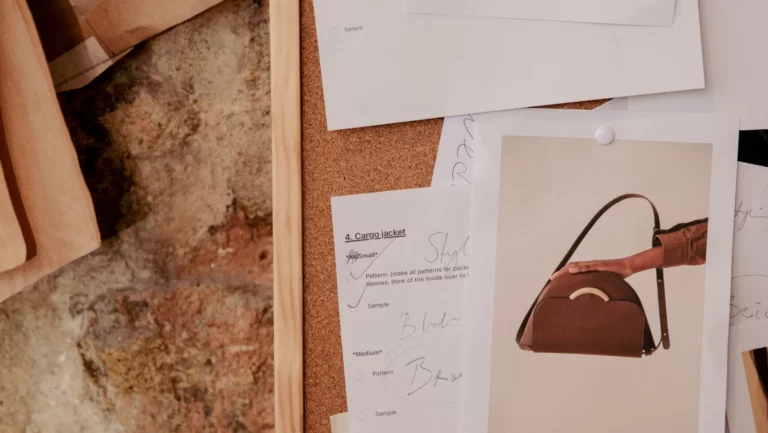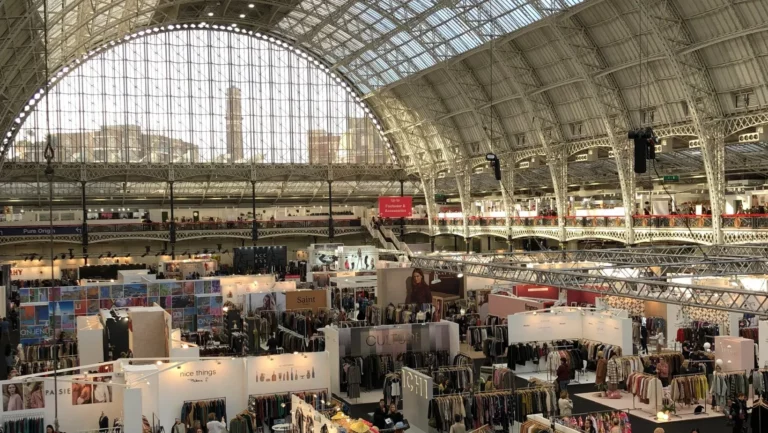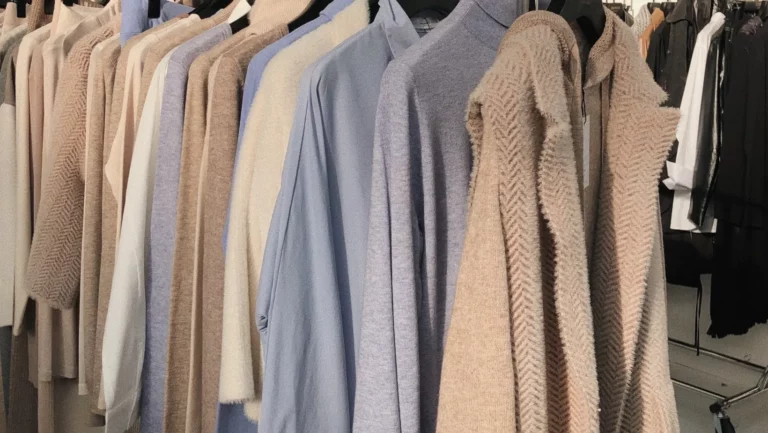Join our Newsletter receive 🎁
LVMH in 2024: Stability and Strategy for the Future

Despite the challenging economic climate and volatile market conditions, LVMH has maintained its strong position in the luxury goods industry in 2024. The group's financial performance demonstrates the brand's resilience, the effectiveness of its long-term strategy and its ability to adapt to changing consumer expectations.
What factors have influenced LVMH's performance this year? What challenges and opportunities does the group face in the coming years?
Financial performance and key indicators
LVMH recorded revenues of EUR 84.7 billion and operating profit of EUR 19.6 billion. Free cash flow amounted to EUR 10.5 billion, indicating the company's stable financial health.
Despite the economic downturn, organic growth remained at 1%, with sales increasing in Europe, Japan and the United States. Japan stood out with double-digit revenue growth, confirming its growing importance to the luxury sector.
Operating margin was 23.1%, which means that LVMH remains at the forefront of the industry in terms of profitability. Currency fluctuations had a negative impact on the Fashion & Leather Goods and Wines & Spirits segments, but the company successfully offset these losses through strategic actions.
Strategy and commentary by Bernard Arnault
Bernard Arnault, Chairman and CEO of LVMH, highlighted the strength of the brand and the effectiveness of the strategy based on creativity, product excellence and operational flexibility. He also pointed to the importance of the partnership with the Olympic and Paralympic Games in Paris 2024, which strengthens the brand's global presence.
As part of its corporate social responsibility efforts, LVMH continues its LIFE 360 program, focused on sustainable development. The company has increased the share of recycled materials to 31% and reduced greenhouse gas emissions (Scopes 1 and 2) by 55% compared to 2019.
Revenue breakdown by segment
Wines & Spirits
- Decrease in revenue by 8% on an organic basis.
- Normalisation of demand after the pandemic and a drop in segment profits.
Fashion & Leather Goods
- Stable performance, revenue down by 1%.
- Innovation at Louis Vuitton and Christian Dior and the drive to maintain the brands' prestige.
Perfumes & Cosmetics
- Increase in revenue by 4%.
- The success of the flagship lines, Dior Sauvage remains the world's best-selling fragrance.
Watches & Jewelry
- Decrease in revenue by 2%.
- Investment in marketing, innovation and shop refurbishment.
Selective Retailing
- Increase in revenue by 6%.
- Great performance from Sephora, but difficulties in DFS due to macroeconomic conditions.
Economic and social impact
LVMH employs over 215,000 people, including 40,000 in France. The Group supports 910 non-profit organizations, involving 65,000 employees in social activities.
The company invested EUR 5.5 billion in the development of its store network and production plants, including EUR 1.7 billion in France. The total amount of income tax paid by LVMH was EUR 6 billion, half of which went to the French budget.
Prospects for 2025
LVMH remains optimistic about the future and plans to further strengthen its leadership position in the luxury goods industry. The company is focusing on:
- Maintaining the high quality and exclusivity of products,
- Investing in digitalisation and innovative sales channels,
- Further develop environmental and social activities.
Highlighting the certainty in the growth strategy, the board has proposed a dividend of €13 per share, which will be voted on at the Annual General Meeting in April 2025.
Subscribe to Fashion Editorial and stay up to date with the world of fashion!
Get the latest news from the world of fashion - trend analysis, exclusive reports and alerts on key industry events.
🎁 Gift for subscribers!.
No spam, only valuable content! We do not share your data with third parties. By subscribing, you agree with our Privacy Policy.






Add your first comment to this post